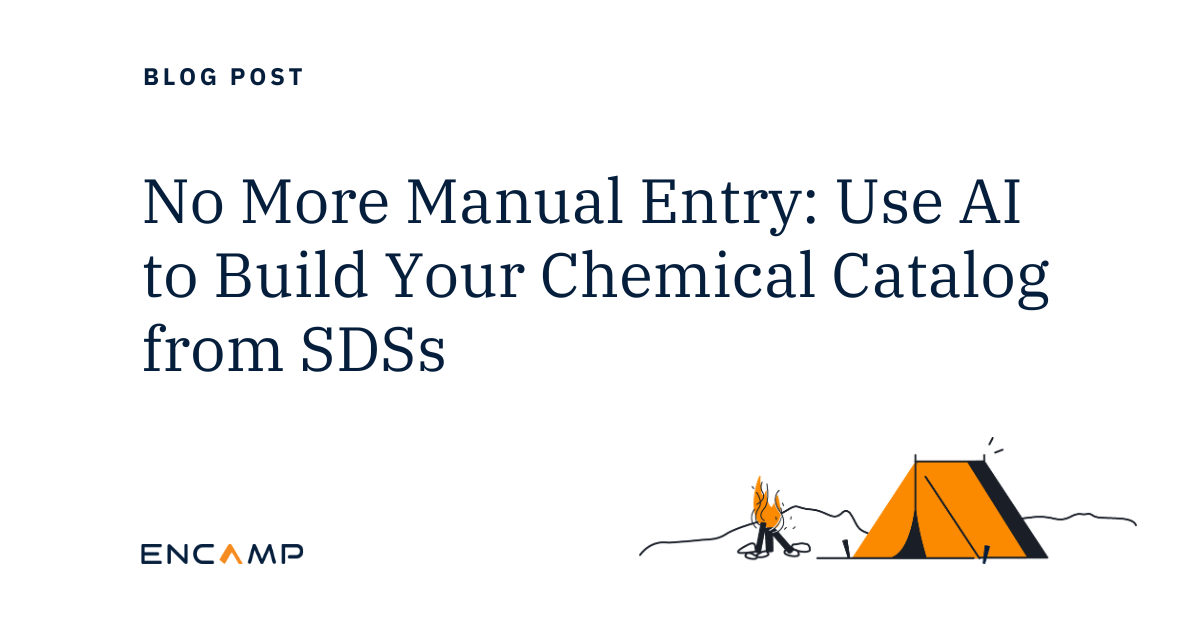Covid-19 and the coronavirus pandemic might never fully be in the rear-view mirror worldwide, at least in the near future. Which means the virus and masks and plastic gloves and face shields — Personal Protective Equipment (PPE) — will continue to converge on a path that impacts human health as well as the environment.
Some numbers on the environmental side:
In the earliest stages of the pandemic, the World Health Organization (WHO) projected the global production of PPE supplies would need to increase by 40% every month to keep pace with treating Covid-19 patients. At the time, that meant 89 million new masks, 76 million pairs of gloves and 1.6 million pairs of goggles. Every. Month.
Thankfully, since the onset of Covid-19, vaccines and advances in treatments have dramatically stemmed the pandemic . Yet it still persists, and governments at the international, national, state and local level continue to struggle with how best to dispose of millions of PPE products.
Not a new problem
Although Covid-19 intensified the PPE issue significantly, disposing of plastics in general was a problem long before the pandemic.
“PPE is just the tip of a mountain of toxic plastic waste that we’ve been ignoring for years,” Sian Sutherland, co-founder of A Plastic Planet, said. A 2020 study co-authored by the not-for-profit group along with the sustainability firm, SystemIQ, backs him up, and it cites the ocean as taking the brunt.
The study forecasts that, by 2040, 29 million tons of plastic will find its way into oceans worldwide every year if governments and industry don’t take immediate and significant action. That annual rate would be nearly triple of what it is now.
“A new breed of single-use plastic”
“PPE is a whole new breed of single-use plastic that we didn’t have even in January,” Claire Potter, a marine plastic expert in the United Kingdom, said. “We’re now seeing it being washed up onto the beaches — it’s coming in, we’re also seeing it left on the beaches as well.”
For PPE itself, the underlying culprits are that most of these supplies are used only once and often contain various types of plastics. (Prior to the 1980s, most all PPE was reusable.) These plastics can range from polypropylene and polyethylene in face masks and gowns to nitrile, vinyl and latex in protective gloves.
In many western countries, at least, companies have long incinerated hazardous medical waste like PPE on site to prevent the transmission of infectious disease. “Other than burning it, there is nothing really we can do,” Sander Defruyt, head of the plastics team at the Ellen MacArthur Foundation, said. “It’s designed to be waste.”
So now, add millions of citizens to the thousands of medical staff who must wear single-use protective equipment to continue guarding against Covid-19, and disposing of PPE continues to be a concern. If it isn’t being incinerated, it’s showing up in conventional waste streams or being dumped in the open air.
“If it’s on your streets, it’s going to the ocean because it’s one rainfall away from getting into a storm water system, and then being carried into a river and into the ocean,” warned Mark Benfield, a zooplankton ecologist and professor at Louisiana State University.
Or as a World Wide Fund for Nature (WWF) report puts it, even if only 1% of PPE masks are disposed of incorrectly, some 10 million of them could infiltrate the natural environment each month — polluting rivers, waterways and oceans around the world.
What regulatory agencies recommend for PPE
To properly dispose of used PPE “with potential or known Covid-19 contamination,” recently updated OSHA guidelines advise waste disposal workers to handle office and home solid waste just as they would any other non-contaminated municipal waste.
Typically, OSHA says, managing such waste “does not require special precautions beyond those already used to protect workers from the hazards they encounter during their routine job tasks in solid waste and wastewater management.”
Guidance from the World Health Organization says employees should place their used PPE in a bag, seal the bag tightly, and place it in a sturdier garbage bag for pick up.
A medical setting is much different and far more regulated, however. In this case, the CDC and OSHA do not consider Covid-19-contaminated material to be a Category A infectious substance. Such material is still managed as regulated “medical waste.”
The general guidance OSHA uses for medical waste is if the person or item is “known or suspected” to be hazardous. This especially applies to single-use PPE. As OSHA says, it is the generator’s responsibility to determine if a waste is known or suspected to be hazardous and, in the event of Covid-19, infectious.
In industrial settings, under most circumstances PPE waste is not considered regulated medical (infectious) waste and can be treated as solid waste. According to the CDC and the WHO, waste materials that are not assumed to be contaminated do not require any special precautions. and can be managed as they typically would for the flu.
Waste that is indeed suspected or known to be contaminated with Covid-19 should be managed in accordance with standard CDC and OSHA procedures and handled like other regulated medical waste.
What now?
So what does this ongoing collision course of Covid-19, PPE and the environment mean for the EHS industry? Aside from a new type of waste to worry about, expect new regulations and PPE disposal programs to be developed on a continuing basis.
The Department for Environment, Food & Rural Affairs (Defra) in the UK, for instance, has issued new guidance on the PPE topic. Among multiple issues in their document, Defra addresses the benefits of reusable face masks, how best to dispose of PPE if you own a small business, and cleaning up waste in non-healthcare settings.
In Las Vegas, the Venetian Resort partnered with TerraCycle to create a face mask recycling program. And at MIT and Brigham and Women’s Hospital, researchers designed a new type of reusable face mask that can be easily sterilized and washed.
This is interesting, too. Beyond PPE, researchers at EPA and the CDC have developed (and already routinely applied) methods for measuring SARS-CoV-2 levels in wastewater. SARS-CoV-2 is the strain behind Covid-19. Public health officials will be able to use these methods to determine infectivity, persistence, and treatment efficacies related to SARS-CoV-2 in wastewater in their communities.
Thus far, findings from the two agencies have shown that monitoring wastewater for the presence of SARS-CoV-2 can be a sensitive early indicator of low levels of Covid-19 infections. At the same time, such monitoring in wastewater could also signal decreasing levels of infection within a community.
Until the coronavirus pandemic fully subsides, EHS practices will continue to be just as critical as the efforts to discover new ways to treat and prevent Covid-19.
Transforming the way enterprises stay in compliance
Encamp is on a mission to create a world where good for business can equal good for the environment. We help enterprises transform compliance programs and human processes into a technology-driven system that lays the foundation for accurate and ongoing environmental compliance through a blended method of intelligent high-tech solutions and high-touch expert support.
Tom Bailey
Tom is the Senior Content Writer at Encamp. And like all other Encampers, he’s in tune with the environment and what happens to it. He’s been writing about creative technology solutions for longer than he cares to admit.



